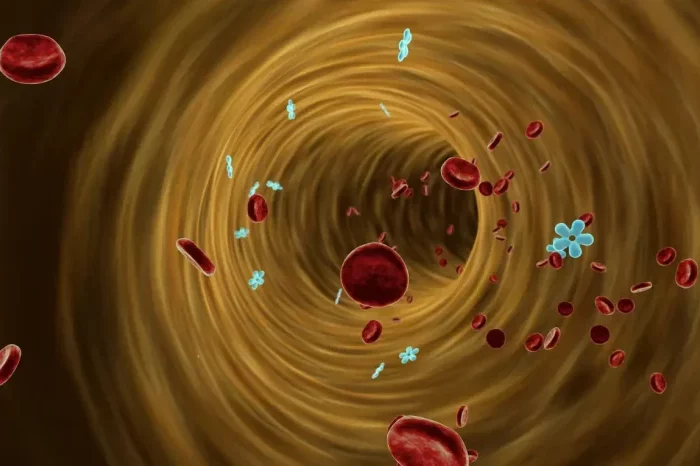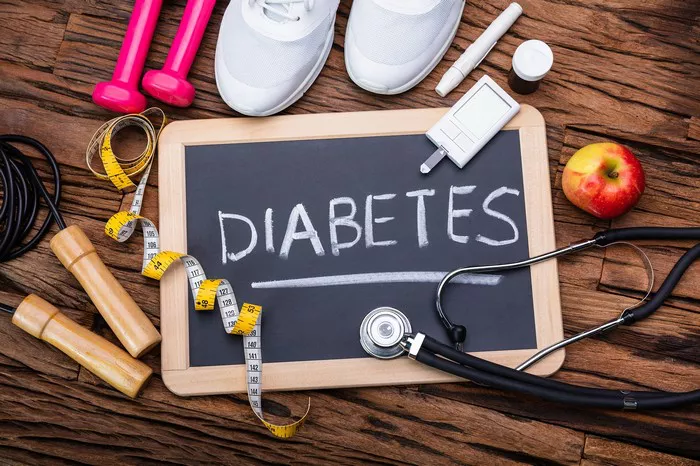Insulin resistance, a hallmark of type 2 diabetes mellitus (T2DM) and a precursor to several metabolic disorders, presents a complex interplay of genetic, environmental, and lifestyle factors. As a diabetes doctor, delving into the depths of insulin resistance unveils its multifaceted nature and the critical need for early detection and intervention. In this comprehensive article, we explore the intricacies of insulin resistance, its pathophysiology, risk factors, and pivotal moments in its development.
The Pathophysiology of Insulin Resistance
Insulin, a hormone secreted by pancreatic beta cells, plays a fundamental role in glucose homeostasis. Its primary function involves facilitating the uptake of glucose into cells, thereby regulating blood sugar levels. Insulin resistance emerges when target tissues, such as muscle, liver, and adipose tissue, exhibit decreased sensitivity to insulin action. Consequently, higher insulin levels are required to achieve normoglycemia, leading to compensatory hyperinsulinemia.
The pathophysiology of insulin resistance encompasses a myriad of mechanisms. Central to its development is the dysregulation of intracellular signaling pathways, notably the insulin receptor substrate (IRS)/phosphatidylinositol 3-kinase (PI3K)/Akt pathway. Impaired insulin signaling impedes glucose uptake, glycogen synthesis, and lipid metabolism, contributing to metabolic derangements characteristic of insulin resistance.
Furthermore, chronic low-grade inflammation, oxidative stress, and mitochondrial dysfunction exacerbate insulin resistance, perpetuating a vicious cycle of metabolic dysregulation. Adipose tissue dysfunction, characterized by adipocyte hypertrophy, inflammation, and altered adipokine secretion, also fuels insulin resistance and metabolic syndrome.
When Does Insulin Resistance Occur?
Insulin resistance is not a sudden onset phenomenon but rather a progressive process influenced by various predisposing factors. Understanding the temporal trajectory of insulin resistance elucidates critical windows of susceptibility and opportunities for intervention.
1. Prenatal and Early Life Origins
Mounting evidence suggests that the origins of insulin resistance may trace back to the intrauterine environment. Maternal factors, including maternal obesity, gestational diabetes mellitus (GDM), and excessive maternal weight gain, predispose offspring to metabolic imprinting, fostering a pro-inflammatory and insulin-resistant milieu in utero. Fetal exposure to hyperglycemia and excess nutrients can program long-term alterations in insulin sensitivity, β-cell function, and adipose tissue development, predisposing individuals to insulin resistance and T2DM later in life.
Furthermore, early postnatal life, characterized by rapid growth and nutritional transitions, represents a critical window of susceptibility for the development of insulin resistance. Adverse early-life exposures, such as formula feeding, high-calorie diets, and sedentary behavior, exacerbate metabolic programming, amplifying the risk of insulin resistance in childhood and adolescence.
2. Childhood and Adolescence
Childhood obesity, a burgeoning global epidemic, serves as a harbinger of insulin resistance and metabolic dysfunction. Excess adiposity, particularly visceral adipose tissue deposition, triggers a cascade of metabolic derangements, including dyslipidemia, inflammation, and insulin resistance. The burgeoning adipose tissue secretes an array of adipokines, cytokines, and free fatty acids, disrupting insulin signaling and promoting systemic insulin resistance.
Moreover, sedentary behavior, excessive screen time, and poor dietary habits further exacerbate insulin resistance in children and adolescents. Insulin resistance in this vulnerable population not only predisposes to T2DM but also increases the risk of cardiovascular disease (CVD), non-alcoholic fatty liver disease (NAFLD), and polycystic ovary syndrome (PCOS) later in life.
3. Adulthood and Aging
Insulin resistance typically manifests in adulthood, heralding the onset of metabolic syndrome and T2DM. Aging per se is associated with a decline in insulin sensitivity, attributed to alterations in body composition, mitochondrial dysfunction, and chronic low-grade inflammation. Sarcopenia, characterized by age-related loss of muscle mass and strength, exacerbates insulin resistance, impairing glucose uptake and utilization.
Furthermore, lifestyle factors, including physical inactivity, unhealthy dietary patterns, and stress, amplify insulin resistance in adulthood. The modern obesogenic environment, replete with calorie-dense foods and sedentary occupations, fosters a pro-inflammatory and insulin-resistant state, fueling the global epidemic of T2DM and its complications.
4. Pregnancy
Pregnancy represents a unique physiological state characterized by profound metabolic adaptations to support fetal growth and development. Gestational insulin resistance, a physiological phenomenon orchestrated by placental hormones, safeguards maternal glucose supply for fetal nourishment. However, in susceptible individuals, exaggerated insulin resistance ensues, predisposing to GDM, a transient state of glucose intolerance first recognized during pregnancy.
GDM, a harbinger of future metabolic dysfunction, heralds a heightened risk of T2DM and cardiovascular disease in both mothers and offspring. Persistent insulin resistance postpartum underscores the importance of early screening, lifestyle modification, and long-term follow-up to mitigate the long-term sequelae of GDM.
5. Chronic Diseases and Medications
Chronic medical conditions, such as obesity, polycystic ovary syndrome (PCOS), and obstructive sleep apnea (OSA), serve as crucibles for insulin resistance. Obesity, characterized by adipocyte hypertrophy and dysregulation of adipokine secretion, fosters a pro-inflammatory and insulin-resistant state, predisposing to T2DM and cardiovascular disease.
PCOS, a heterogeneous endocrine disorder, is intricately linked with insulin resistance and hyperinsulinemia. Androgens and insulin synergistically impair insulin signaling, exacerbating metabolic dysfunction and promoting anovulation, hirsutism, and infertility in affected women.
Furthermore, certain medications, including glucocorticoids, antipsychotics, and immunosuppressants, are implicated in the development of insulin resistance. Glucocorticoids, administered for various inflammatory and autoimmune conditions, induce insulin resistance through multiple mechanisms, including gluconeogenesis, lipolysis, and suppression of insulin action in target tissues.
Conclusion
Insulin resistance, a pervasive metabolic derangement, ensues from a complex interplay of genetic, environmental, and lifestyle factors. Critical moments in its development, spanning from prenatal life to adulthood, unveil windows of susceptibility and opportunities for intervention. Early detection and targeted interventions aimed at mitigating insulin resistance hold immense promise in averting the burgeoning global epidemic of type 2 diabetes mellitus and its associated complications. As diabetes doctors, we stand at the forefront of this battle, advocating for comprehensive strategies to combat insulin resistance and promote metabolic health across the lifespan.
Related topics:

























